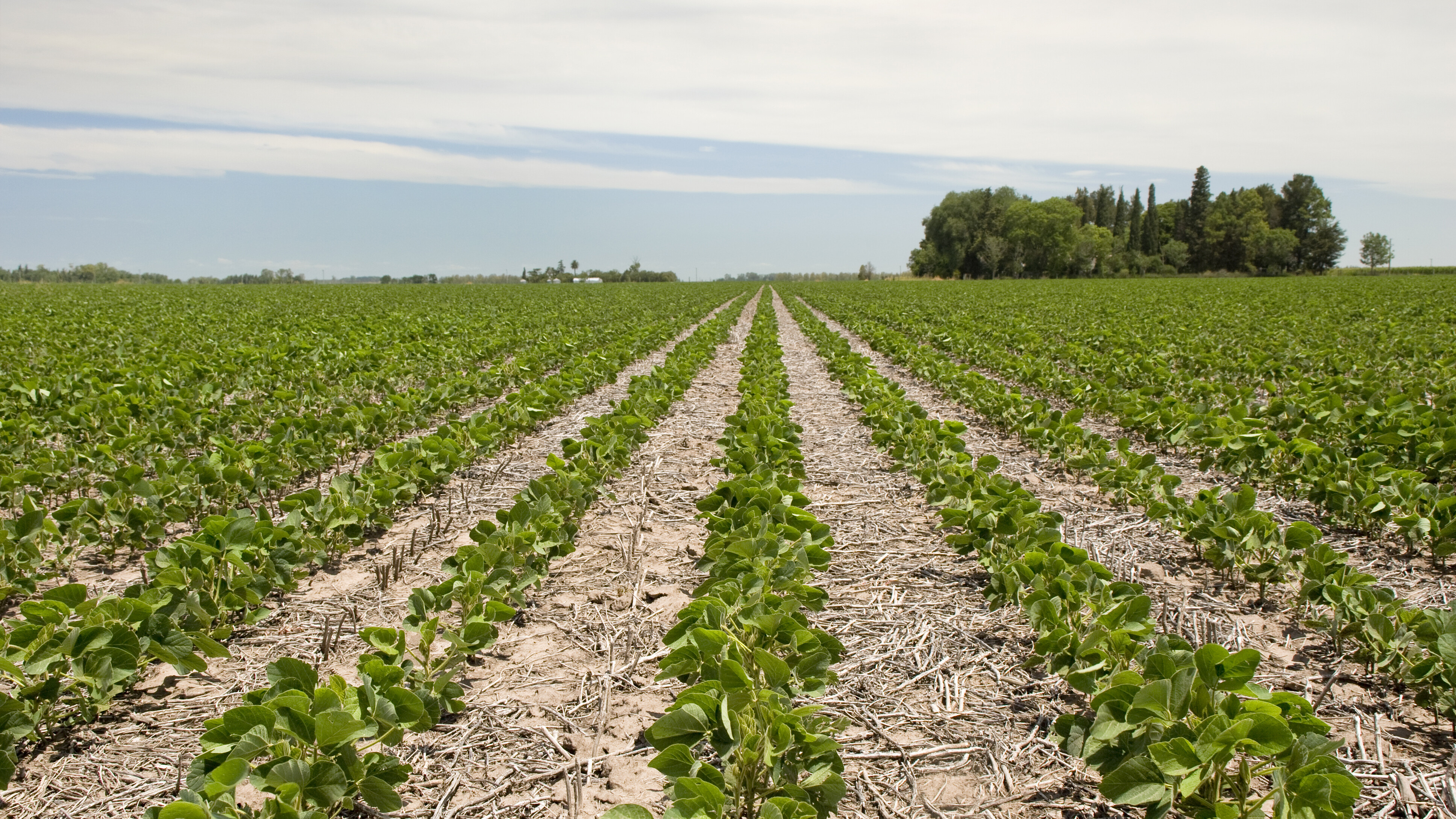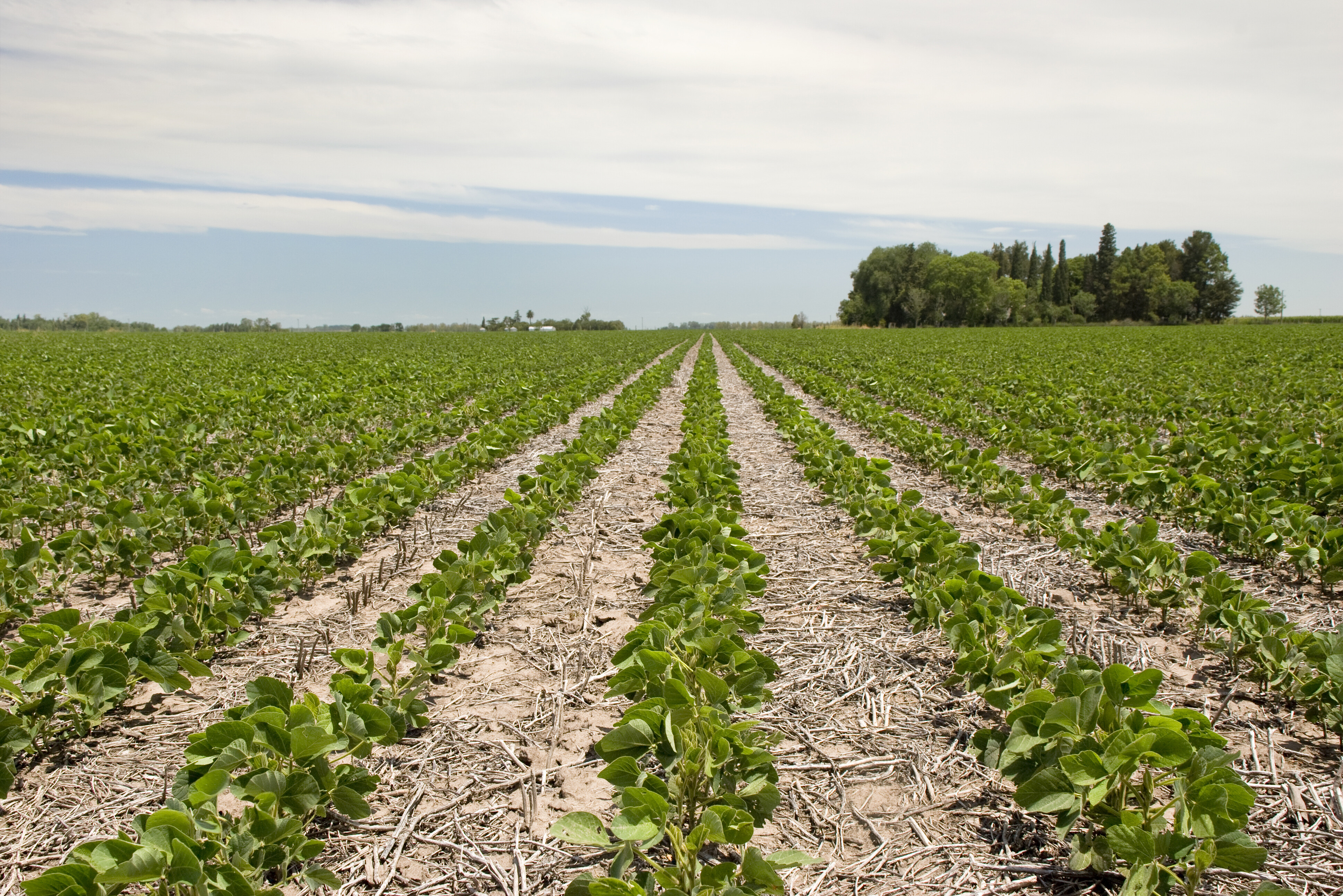Climate Change Talks Will Reshape Brazilian Farming
Corporate America is pledging $140billion to cut carbon emissions as part of the run-up to the UN Climate Change Talks in Paris. LatAm INVESTOR investigates how the talks could impact one of Brazil's most important sectors…

By Professor David Grover and Yannick Monschauer from the LSE
Debates about climate change have been going on for decades but now a breakthrough looks possible. This week more than a dozen US companies pledged to invest $140billion in measures to cut their carbon emissions. The move, which includes energy-intensive firms like aluminium producer Alcoa, is being seen as part of a wider US strategy to achieve a lasting agreement at the United Nations Framework Convention on Climate Change (UNFCCC) in Paris in December this year.
Late last year the US and China signed a historic accord to slash carbon emissions. The deal mattered because it resolved a long-standing dispute between developed and developing nations about who should shoulder the economic burden of implementing expensive carbon emission cuts. The understanding between the world’s two great economic superpowers makes it more likely that we’ll see some sort of agreement in Paris.
Brazil’s negotiators can also bring a lot to the table at Paris. It will have to balance the competitiveness of its booming agricultural sector and the liabilities and opportunities agriculture presents for its part in a global deal. The talks could produce a new legally binding global agreement on greenhouse (GHG) emission reduction, which would impact both Brazil’s soy and beef industries.
At the Paris summit, Brazil is likely to commit to reducing its emission in three ways, according to a recent statement by Brazil’s Environment Minster: 1) by slowing the rate of deforestation, 2) by deploying more renewable energy technology, and 3) by reducing emissions from agriculture.
"Brazil’s negotiators can also bring a lot to the table at Paris…"
Agriculture is not the biggest culprit for emissions. But of the three, it’s the one that will be most affected by any Paris agreement.
There are many good reasons to deploy more renewable energy in Brazil but in terms of reducing GHG emissions specifically, this would be one of the most expensive possible options relative to the many other reduction methods available there.

A deforestation commitment would be significant if it were not for the fact that Brazil has reduced the rate of deforestation dramatically in recent years, from about 18,200 sq. km/year in 2000 to about 4,800 sq. km/year in 2014 (INPE 2014). It did this by extending state and federal land tenure rights, monitoring deforestation hotspots via satellite, and stepping up enforcement against illegal land use. International pressure played a role here but there was, and remains, strong internal political support for fighting deforestation. This internal support means that the fight against deforestation will almost certainly continue regardless of what happens in Paris.
As a result it’s the third measure – reducing emissions from agriculture – which is where the next big tranche of GHG reductions is likely to come from. And that could have big implications for investors. A Paris commitment could mark a turn towards ‘low carbon’ agricultural practices in Latin America’s largest producer of beef, soy and other key export commodities.
Unfriendly farming
The agriculture sector causes GHG emissions indirectly and directly. It does it indirectly when landowners chop down forest to make way for crop and livestock production. Direct GHG emissions come from agricultural practices that release more GHGs than necessary or which strip the land of its CO2- and carbon-fixing potential. It is likely that large quantities of direct emission could be cheaply cut through measures that would also modernise out of date farming practices.
But the most powerful reason for changing agriculture is that the actual gasses involved are far more potent in terms of heat trapping potential than CO2, which can create lucrative possibilities for cutting them in the fight against climate change. Agriculture’s offending gasses are mainly methane (CH4) and nitrous oxide (N2O). Methane is emitted directly from livestock and from the decomposition of their excrement and this gas accounts for around 29% of Brazil’s total climate impact. Nitrous oxide (N2O) is emitted from soils mainly through the addition of nitrogen fertilisers, accounts for around 14% of Brazil’s climate impact. Both are potent gasses from a heat-trapping point of view and since this property would be factored into a Paris agreement, mitigating one tonne of CH4 would count as much as mitigating 30 tons of CO2, and mitigating one ton of N20 would count as much as mitigating 300 tons of CO2.
Smart farming
Reducing these emissions will require a revolution in Brazilian agriculture, creating opportunities for international investors.
New measurement techniques.
Agriculture is an extremely difficult source of emissions to accurately measure because they are spatially diffuse, weather dependent, and location-specific. Nonetheless farmers will need to quantify emissions for a baseline to measure action against. This could involve new measurement equipment and services, new consultancy and software services, and new accounting protocols.
New fertiliser and mechanical inputs.
Fertiliser companies are developing new ways to reduce ‘fugitive’ N20 emissions that leach off from the fertiliser application process into ground and surface water. These include more precise ways to apply fertilisers to foliage and coated soluble fertiliser granules that time the release of nutrients to the root zone. Lighter tractors and wider tires reduce soil compaction and promote plant root growth and microbial health, which in turn improves plant health and soil carbon retention.
New livestock management practices.
Healthier livestock generally produce less methane so individual animal health monitoring systems can be effective to address issues quickly. Diet optimisation, including the introduction of higher-quality forage, can reduce livestock emissions. Reducing stress on animals generally by providing shelter from harsh weather and preventing disease and injury allows the animal to expend more energy producing meat and milk and less energy resisting the stressor. Better methods of containing, handling, spreading and exploiting the nutrient and energy value of manure are also quick wins in GHG mitigation terms.
New soil management practices.
Decreasing the frequency and/or depth of tilling and avoiding periods of exposed soil by planting grass crops between crop cycles, are easy ways to retain soil organic carbon. The carbon content and broader health of the soil is also promoted by monitoring soil biological populations through regular soil sampling and laboratory tests.
Show me the money
A strong sign of movement in this direction is the ‘ABC’ plan (Agricultura de Baixo Carbono) of the Brazilian Ministry Agriculture, which provides low interest loans and technical assistance to small and medium farmers to implement the measures. Total expected funding for the program for the period 2011 and 2020 is 197 billion reals (US$65billion), of which 157 billion reals is being made available through rural credit (MAPA 2012).
One reason Brazil made such massive gains fighting deforestation is that it woke up to the fact that a valuable natural asses was being destroyed at a rapid rate. Several signs now point towards a long, slow shift towards agricultural practices in Brazil that recognise in a fuller way the asset value of land itself. A strong commitment at Paris would spark a change of direction for Brazilian agriculture.